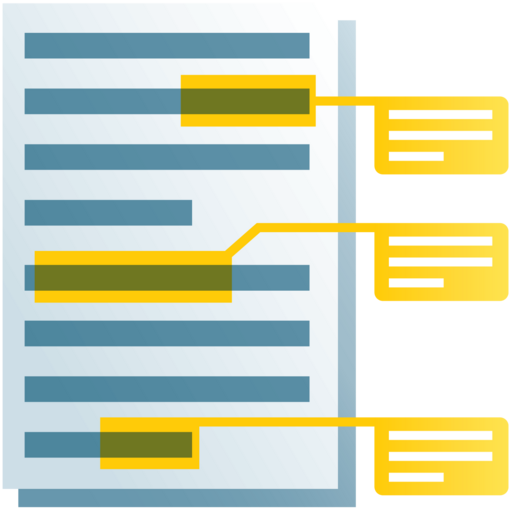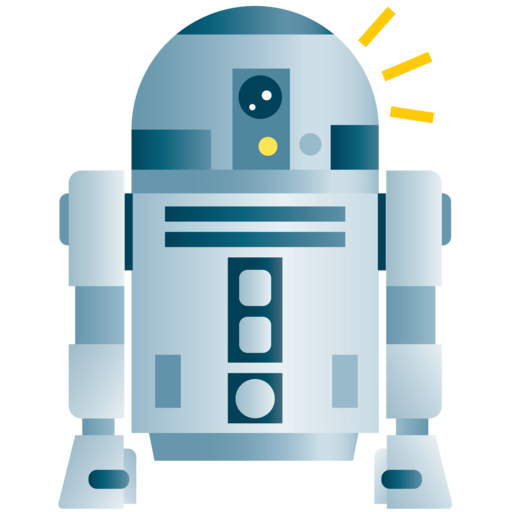Digitisation
A production specialist turns the edited manuscript into markup, stored in a repository that tracks all changes.
At this point, the creative stage has ended, and the production stage has begun. A production specialist turns the edited manuscript into its final, master form: a markup language, such as markdown or HTML, depending on the software they are using. Markup is any consistent syntax that both humans and computers can read.
The most popular markup languages are markdown and HTML. Markdown is plain text structured in such a way that it is easy for humans to read and edit. Markdown can be automatically converted into HTML. HTML looks more like computer code, with tags like <blockquote> around each piece of content.
The specialist also includes accessibility content, such as descriptions of each image for users who will use audible screen readers. Where these descriptions require subject expertise, they will consult with the authors or development editor.
The master files are stored in a repository: a project folder in which every change is carefully tracked. Some software stores content in a database instead, or in addition. The repository also includes the software code that transforms the master files into a finished website, ebook, PDF (for print or screen), or app.
This way, each project is a self-standing package, containing both the book’s master content and the tools for generating published editions. A project’s repository might contain any number of books, in a series or collection. The repository is accessible online, and safely backed up.
This stage is analogous to typesetting in traditional publishing, which refers to laying out the text into pages for print, usually using Adobe InDesign. Modern, digital-first workflows do not use InDesign for layout, because InDesign is not well suited to producing ebooks, websites and apps directly from a single set of master files.


















